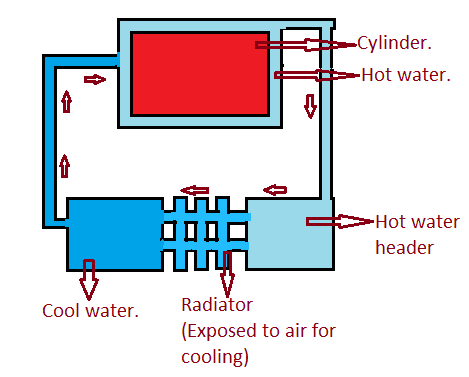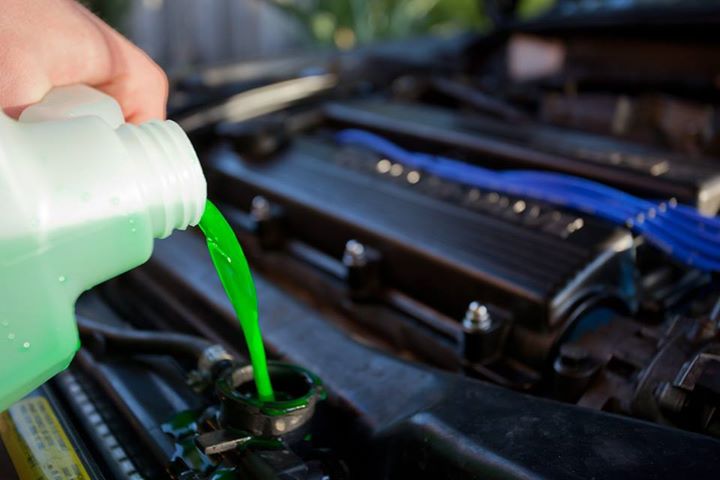Many people are familiar with the term “shock absorber” but don’t really know what it means. A shock absorber is actually a type of damper. A damper is a device that controls the movement of a mass by absorbing and dissipating energy. Dampers are found in all kinds of applications, from bridges and buildings to automobiles and sporting equipment. In this blog post, we’ll take a closer look at how dampers work to improve your suspension.
How Dampers Work?
Dampers work by absorbing and dissipating energy. When a damper is subjected to an oscillating force, it converts the kinetic energy of the oscillation into heat and dissipates it. This process slows down the motion of the mass and ultimately reduces the amplitude of the oscillation.
Dampers are typically made up of two components: A sealed cylinder and a piston. The sealed cylinder contains hydraulic fluid and valve passages. As the piston moves up and down inside the cylinder, the flow of fluid is slowed by the valve passages. This in turn controls the speed of the piston’s motion and therefore the movement of the suspension.
Dampers are often used in conjunction with springs in order to absorb shock and reduce vibration. The springs store energy when they are compressed or stretched, which helps to smooth out bumps in the road. Dampers help to control the amount of force that is exerted on the springs, which ultimately results in a smoother ride.
Conclusion:
Dampers are an essential part of your suspension system and play an important role in providing a smooth ride. By absorbing and dissipating energy, they help to control the speed of your suspension and reduce vibration. If you’re looking for ways to improve your suspension, consider adding dampers to your system.


